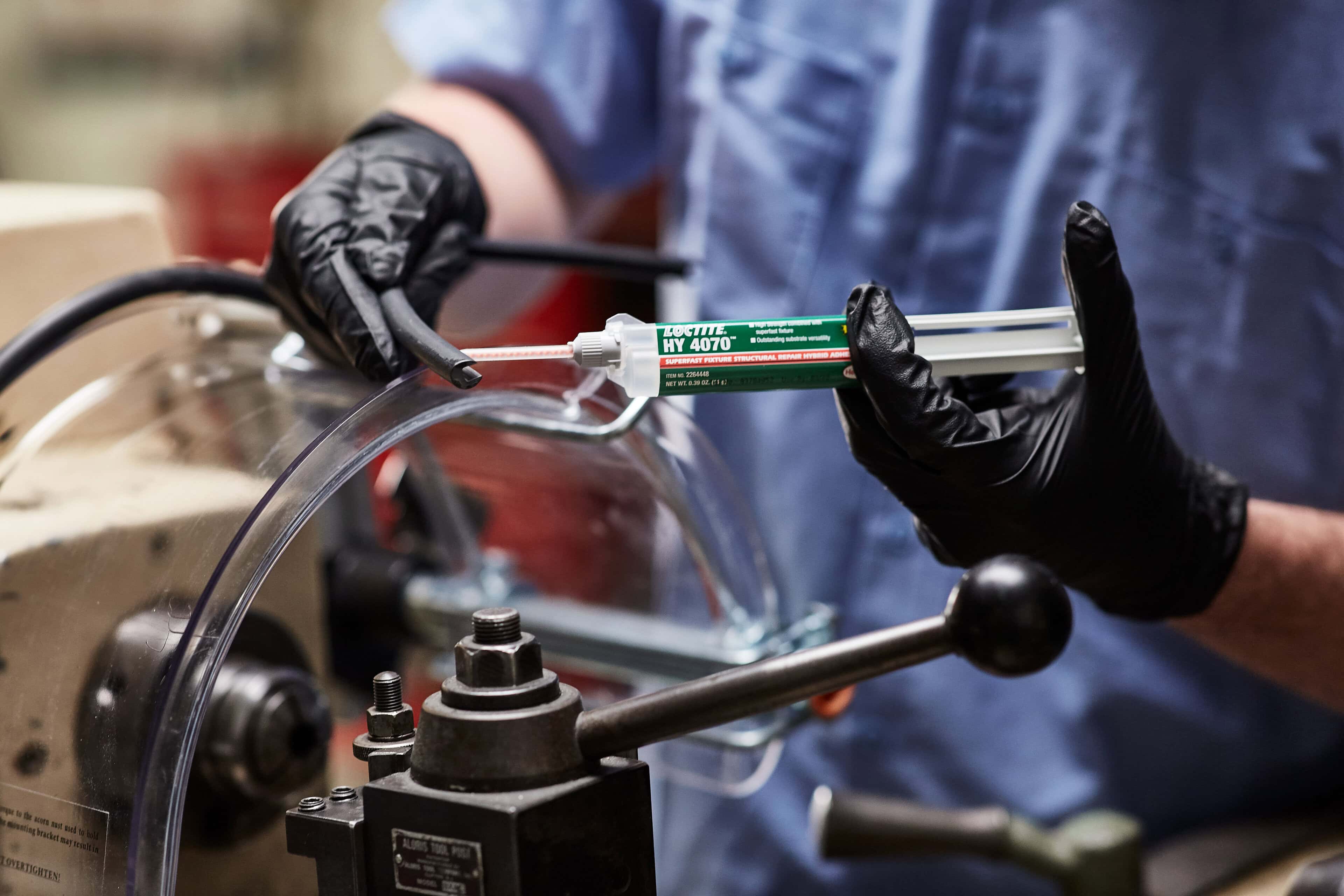What makes an adhesive? And what properties determine whether a bond lasts or fails quickly?
Here are the most important facts about the fascinating world of adhesives:
1. Adhesion
The most important property of an adhesive is its ability to adhere to surfaces. This process is called adhesion.
For an adhesive to adhere well, the surfaces must be
- clean,
- dry
- and as even or slightly roughened as possible
Note: The better the adhesive can ‘wet’ the surface, i.e. the better it can spread, the stronger the subsequent adhesion will be.
2. Cohesion
Cohesion – the internal strength of the adhesive itself – is at least as important as adhesion to the surface. An adhesive must not only adhere to the materials, but also remain stable within itself. Depending on the application, different cohesive properties are required:
- Hard and rigid: for structural bonds – e.g. in the automotive industry
- Soft and elastic: for flexible bonds – e.g. in textiles
3. Curing mechanisms
Adhesives cure in different ways:
- Physical: by evaporation of solvents (contact adhesives) or cooling (hot adhesives)
- Chemical: by a reaction, for example with humidity (instant adhesives) or by mixing two components (epoxy resins)
4. Temperature and chemical resistance
Not all adhesives are equally robust. Some dissolve quickly when exposed to heat, for example. In this context, it is important to note
- Temperature resistance: Some industrial adhesives still work reliably even at over 200°C.
- Chemical resistance: Certain adhesives are insensitive to oils, solvents or acids.
Such high-performance adhesives are indispensable for applications in aviation, automotive engineering or medical technology.
5. Elasticity and rigidity
Depending on the task, an adhesive must be flexible or extremely rigid.
- Elastic adhesives compensate for movements or vibrations – ideal for components that expand or contract with temperature changes
- Stiff adhesives offer high strength and precision – for structural bonding in cars or aeroplanes
The trick is to find the perfect balance depending on the material pairing and load.
Conclusion
There is a lot of science and technology behind the seemingly simple act of bonding. Depending on the requirements, modern adhesives can be
- extremely resilient,
- highly flexible,
- heat and chemical resistant
- and particularly sustainable.
Bonding technology offers solutions where mechanical connections reach their limits.
If you have any questions, please get in touch with your account manager or contact us here:
